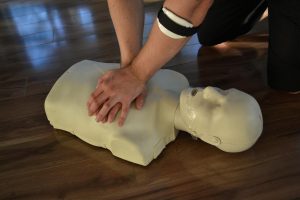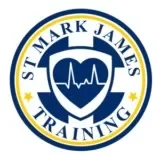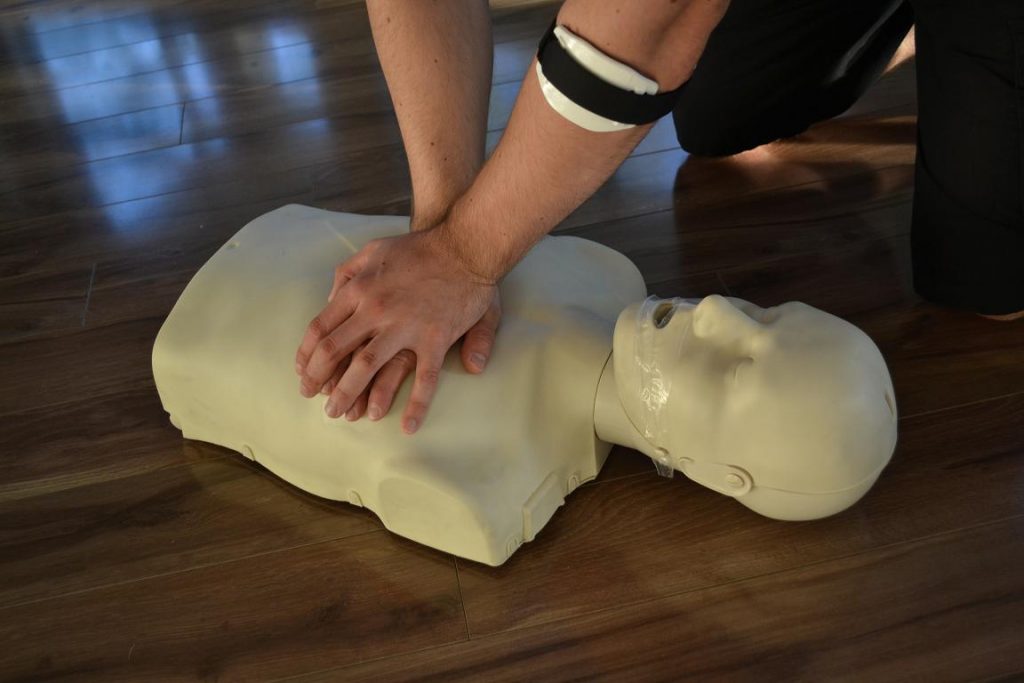Mallory McCormick has been CPR certified for 10 years but she never imagined she would use it. This changed 2 months age when her boyfriend, Iain Fyfe woke up in the middle of the night gasping for breath.
According to McCormick, we were sleeping, and he started going into heart failure. She knew there was something wrong. She called for her roommate, dialed for emergency assistance and performed chest compressions.
Switched to “flight” mode
Fyfe does not remember anything, but says he was informed by McCormick that he was barely breathing and started to turn blue. Upon the arrival of an ambulance within 3 minutes, the paramedics shocked his heart, stabilized him and transported to a healthcare facility. He credits McCormick’s CPR training for saving his life.

Both did not expect something like this to occur, especially to Fyfe who is an athletic 29-year old who won the Queen City Marathon last year.
In less than a month later, McCormick and Fyfe were in a hiking trail when a couple came across a woman who collapsed. With similar symptoms to Fyfe, McCormick jumped into action again. This time, she was able to react quicker since it happened during the day and because she knew what to expect.
After performing four or five chest compressions, the woman was in a semi-conscious state and breathing again. By the time she left with paramedics around 15 minutes later, McCormick said she seemed back to normal.
Danger of cardiac arrest
Generally, around 40,000 cases of cardiac arrest occur yearly. Some occur in public areas or at home and only 1 out of 10 survive a cardiac arrest outside a hospital. Performing CPR along with an automated external defibrillator (AED) within the first few minutes increases the chances of survival.
For more information about this story, click here to read now.
LEARN MORE
Learn how to help by enrolling in a class on CPR and AED and for more information, check out these sources:

